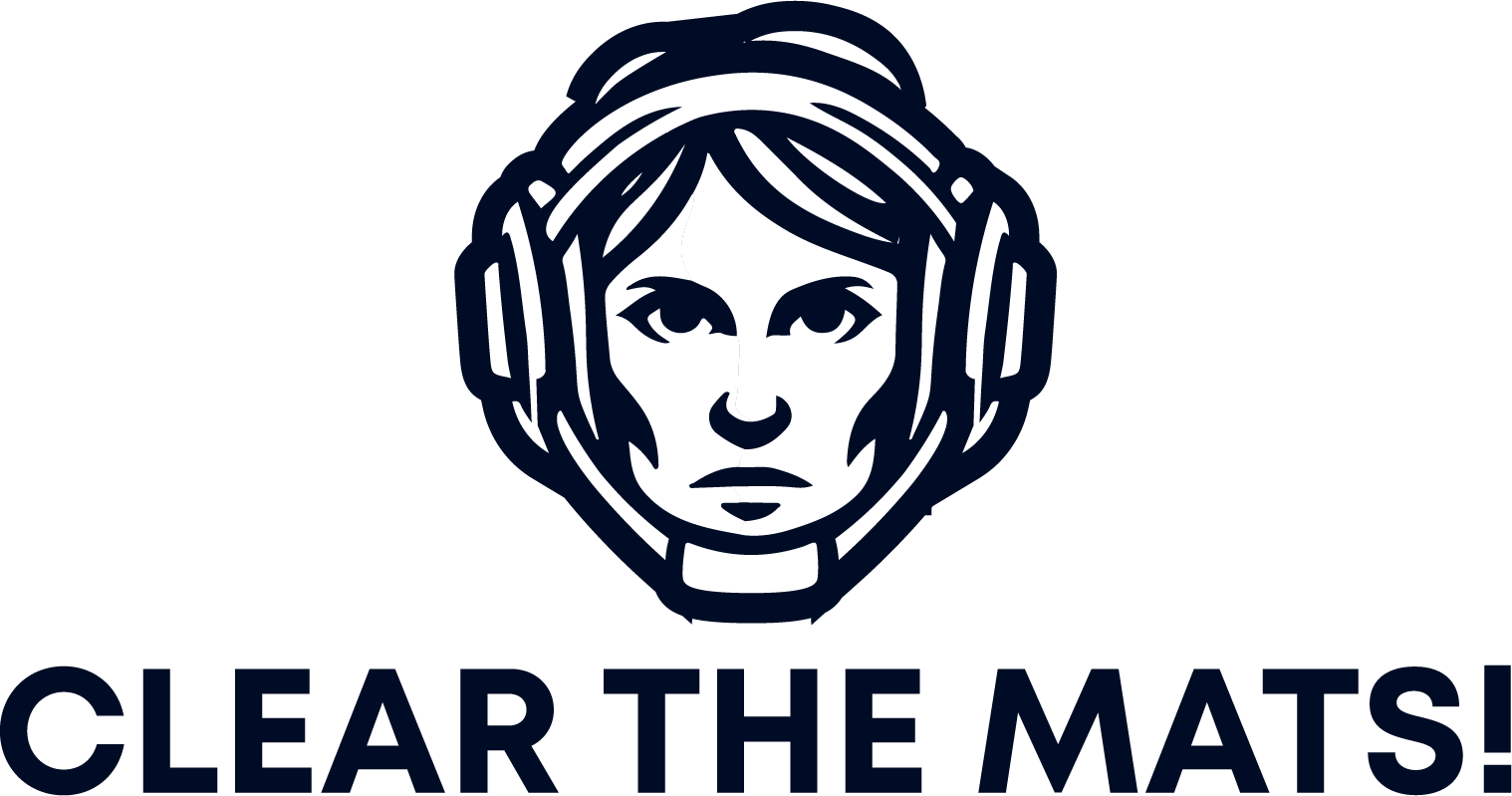
Wrestling Rules for Beginners: Your Guide to Scoring and Avoiding Fouls
August 12, 2025
Welcome to the exciting world of wrestling! Whether you’re a budding athlete in small town USA or from any country around the world eager to step onto the mat, or a curious spectator trying to understand the action, grasping the fundamental wrestling rules for beginners is the first crucial step. This guide will break down the essential aspects of the sport, focusing on how to score points in wrestling and highlighting illegal moves in wrestling to keep you safe and informed.
The Basics: Setting the Stage
A wrestling match typically takes place on a padded circular mat. The objective is to gain control over your opponent and ultimately pin their shoulders to the mat for a designated period. Matches are divided into timed periods, and the wrestler with the most points at the end, or the first to achieve a pin, is declared the winner.
Understanding the Scoreboard: How to Score Points in Wrestling
Several actions during a wrestling match can earn you points. Understanding these scoring opportunities is key to developing a successful strategy. Here’s a breakdown of the common ways how to score points in wrestling:
Takedown (2 Points)
A takedown occurs when you bring your opponent down to the mat from a neutral standing position and gain control over them. Control is typically established by securing a dominant position, often on top or with a firm hold on your opponent’s body. A clean takedown is a fundamental skill and a primary way to initiate scoring. Imagine two wrestlers circling each other; the moment one wrestler uses technique and leverage to bring the other down and establish control, two points are awarded.
Escape (1 Point)
An escape is awarded to the defensive wrestler when they get out from underneath their opponent and return to a neutral standing position or gain control. This typically happens after a takedown or when the match restarts in the bottom position. Successfully executing an escape demonstrates agility and the ability to create space and regain a neutral stance. For example, if a wrestler is on their hands and knees with their opponent controlling them from behind, and they manage to stand up and face their opponent, they have executed an escape and earned a point.
Reversal (2 Points)
A reversal occurs when the defensive wrestler gains control over the offensive wrestler while both are on the mat. This is a dynamic shift in momentum where the wrestler initially in the bottom position maneuvers to become the top, controlling wrestler. A well-timed and executed reversal can quickly change the course of a match. Think of a scenario where one wrestler has their opponent in a headlock on the mat; if the bottom wrestler can skillfully roll or leverage their way on top and gain control, they score a reversal.
Near Fall (2 or 3 Points)
A near fall is a situation where the offensive wrestler has almost pinned their opponent. This is usually characterized by one or both of the defensive wrestler’s shoulders being held within a few inches of the mat for a sustained period, or the defensive wrestler being held in a high bridge with neither shoulder touching the mat. A near fall can earn either two or three points depending on the duration and degree of the near pin:
- 2 Points: Awarded when the criteria for a near fall are met for 2 to 4 seconds.
- 3 Points: Awarded when the criteria for a near fall are met for 5 or more seconds.
The referee closely observes these situations to determine if a pin is imminent. Achieving a near fall demonstrates dominant control and puts significant pressure on the opponent.
Riding Time: Only awarded in collegiate wrestling, if one wrestler has more than one minute of riding time (time in control on the mat in the superior position, basically on top) than their opponent, they are awarded 1 point at the end of regulation time.
Penalty Points (1 or 2 Points)
Penalty points can be awarded to the opponent when a wrestler commits an illegal move in wrestling or violates the rules of the match. The severity of the infraction usually determines the number of penalty points awarded. Accumulating too many penalty points can lead to disqualification.
Staying Legal: Understanding Illegal Moves in Wrestling
Just as important as knowing how to score is understanding what you cannot do on the wrestling mat. Certain actions are deemed dangerous or unsportsmanlike and are considered illegal moves in wrestling. These infractions can result in warnings, penalty points for your opponent, or even disqualification. Here are some common examples of illegal moves:
Full Nelson with Pressure
A full nelson is a hold where both arms are passed under the opponent’s armpits and the hands are clasped behind the opponent’s head. While a modified full nelson might be legal in some circumstances, applying excessive upward pressure with a full nelson, particularly in a way that could hyperextend the neck, is typically illegal.
Head Scissors Applied Incorrectly
A head scissors involves wrapping your legs around your opponent’s head. While it can be a legal move, applying it in a way that puts undue pressure on the neck or throat, or using the legs to pull the head straight down towards the chest, is usually considered illegal.
Biting, Scratching, Gouging
Any form of striking, including biting, scratching, or gouging, is strictly prohibited and will result in immediate penalties. Wrestling is a sport of control and technique, not violence.
Eye Gouging
Directly attacking the eyes in any manner is an extremely dangerous and illegal move in wrestling.
Hair Pulling
Pulling an opponent’s hair is considered unsportsmanlike and illegal.
Fish Hooking
Fish hooking involves inserting fingers into an opponent’s mouth or nostrils, which is a dangerous and strictly forbidden action.
Holding Uniform or Mat
Grasping your opponent’s uniform or the wrestling mat for an unfair advantage is usually not permitted. Wrestlers should rely on their holds and technique for control.
Stalling
While not a specific “move,” stalling, or intentionally avoiding engagement or progress in the match, is against the rules. Referees will warn wrestlers who are deemed to be stalling, and repeated stalling can result in penalty points. The goal of wrestling is active engagement and the pursuit of scoring opportunities.
Slamming
Slamming an opponent to the mat with excessive force, particularly after lifting them off the mat in a defenseless position, can be deemed illegal, especially if done in a dangerous manner. The referee will assess the situation and determine if the force used was excessive or reckless.
Certain Leg Locks and Holds
Depending on the level of competition and specific rule sets, certain leg locks or holds that put extreme pressure on joints might be restricted or illegal, especially at the beginner levels to prevent injuries.
Match Progression and Victory Conditions
A wrestling match progresses through rounds or periods, with short breaks in between. The referee controls the match, awarding points, calling violations, and signaling the start and end of each period.
There are several ways to win a wrestling match:
- Pinfall: Achieving a pinfall, where you hold both of your opponent’s shoulders firmly on the mat simultaneously for a specified duration (usually one or two seconds depending on the level), results in an immediate victory. This is the most decisive way to win.
- Technical Superiority (Tech Fall): In many rule sets, if one wrestler gains a significant point advantage over their opponent (e.g., 10 or 15 points), the match can be stopped and declared a technical fall in favor of the leading wrestler. This demonstrates a clear dominance.
- Decision: If no pin or technical fall occurs by the end of the match, the wrestler with the most accumulated points is declared the winner by decision.
- Default: A wrestler can win by default if their opponent is unable to continue the match due to injury or other reasons.
- Disqualification: If a wrestler accumulates too many penalty points for illegal moves in wrestling or other rule violations, they can be disqualified, and their opponent is declared the winner.
- Forfeit: If a wrestler does not show up for the match or chooses not to compete, their opponent wins by forfeit.
- Overtime: In the event that the match score is tied at the end of regulation, overtime periods are used. The first overtime round is won by the first wrestler to score. Subsequent rounds start on the mat, and the wrestler with more points after the period wins. If no points are scored in the third round, the wrestler who started on top wins.
Conclusion: Embracing the Rules
Understanding the wrestling rules for beginners, including how to score points in wrestling and being aware of illegal moves in wrestling, is fundamental to participating in and appreciating the sport. By focusing on technique, strategy, and adherence to the rules, you can enjoy the challenges and rewards that wrestling offers. Whether you’re aiming for victory on the mat in Tarlac City or simply want a deeper understanding of this dynamic sport, this knowledge provides a solid foundation for your wrestling journey. Remember to always listen to your coaches and the referee, and prioritize safety and sportsmanship above all else.










